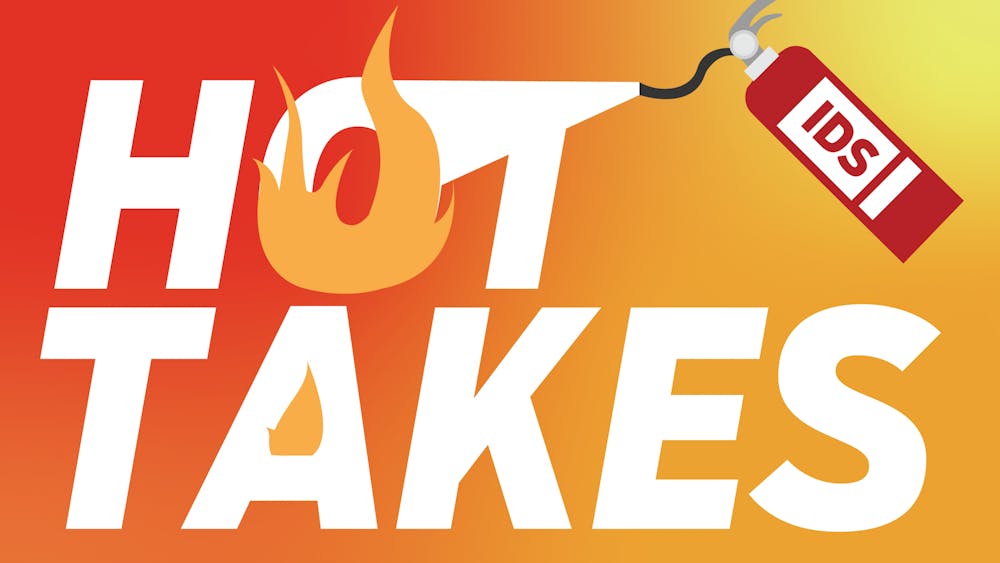With in-state tuition at IU typically costing $24,778 per year and the average household income in Indiana averaging an income of $54,181 per year, it’s no wonder so many college students are struggling to get by.
The issue of student poverty is so rampant that 36 percent of college students don’t even have enough money to eat.
As a result, many college students have to turn to other sources of income, one of which is plasma donation. Despite being deemed a “donation,” people can receive up to $70 a week if they donate plasma biweekly. Plasma donation seems like a godsend for students with schedules that only allow for part-time jobs, and many students desperately need this extra income.
Rachel Batka, a college student at Ivy Tech Community College, was placed in this position. Even though she was working a part-time job at Woodlands in Forest for $10.15 an hour, she still could not afford to pay for both rent and food. She frequented BioLife, a plasma donation center in Bloomington.
“I would use the money I got from BioLife to buy groceries or other essentials," Batka said.
"I would just use the money I got from my job to pay rent.”
As many college students see it, this is a great plan. All they have to do is sit still for 90 minutes twice a week, and they leave 70 dollars richer. This is simply too good to be true.
Plasma donation companies are predatory and target vulnerable populations to make a profit. Instead of viewing it as a donation, people need to realize that via plasma donation, students are selling a part of their body to companies that disregard their health.
Plasma donation companies are for-profit companies, which means they have a motive to get as many people to donate as much plasma as possible. The companies heavily advertise their donation centers to the most vulnerable populations. This includes college students.
The incentive to make more money leads to cutting corners to maximize profit.
Donors are assured that donating twice a week is entirely healthy. However, the Red Cross says donors should wait 28 days between donations. Putting your body through plasma donation twice a week can be dangerous. It is upsetting that college students have to risk their health just to survive.
“The donation process isn’t super great, especially if you aren’t good with needles," Batka said.
"I think the worst part is the next couple days because you’re more drowsy and if you have depression, it can really mess you up.”
There is already a high rate of depression among college students. Considering the amount of depression among the impoverished, college students who struggle monetarily face depression more frequently than the rest of the U.S. population.
Terrible side effects are something students are forced to endure since they come with supplemental income. Batka currently cannot donate due to an unrelated medical condition, and she misses the safety net that came with earning extra money each week.
She especially felt this absence while working during school because during breaks she was "essentially out of a job" she said.
Plasma donation companies exploit college students who need to supplement their income to survive. There’s no doubt that these borderline monopolies need to face restrictions, but that wouldn’t eliminate student need for income.
In addition to preventing plasma companies from exploiting students, colleges should do more to help students, such as offering better tuition assistance. IU specifically could do a better job advertising its student food bank, the Crimson Cupboard.
Until the issue of student hunger and poverty is solved, many students have no choice but to fall into money-quick schemes. Young adults should not have to sell part of their body in order to eat.






